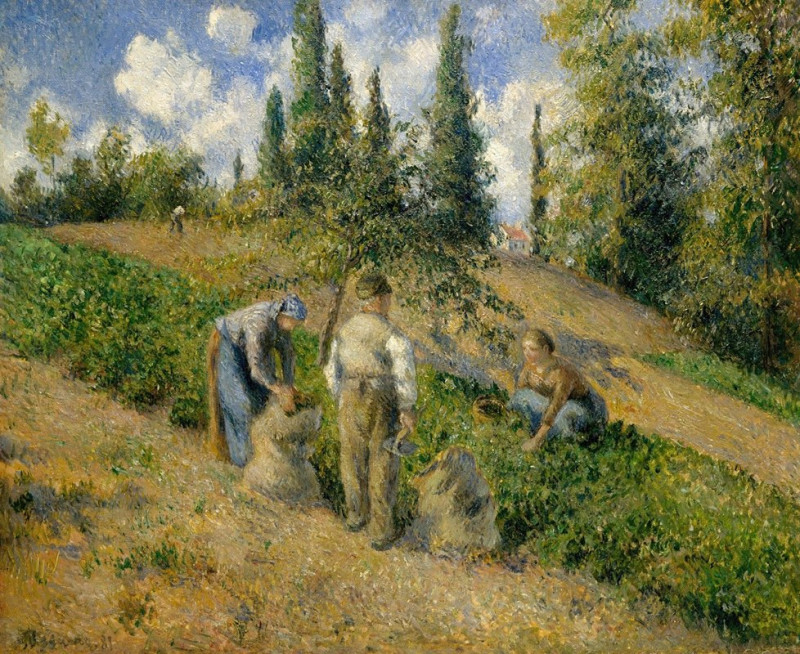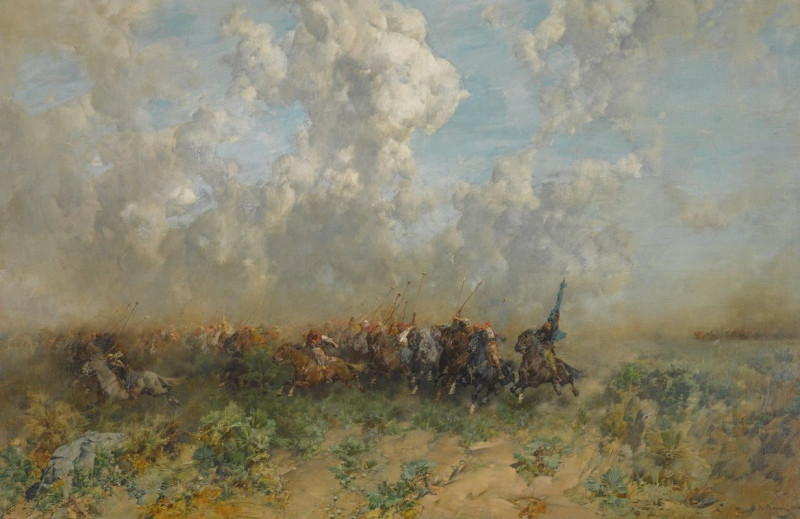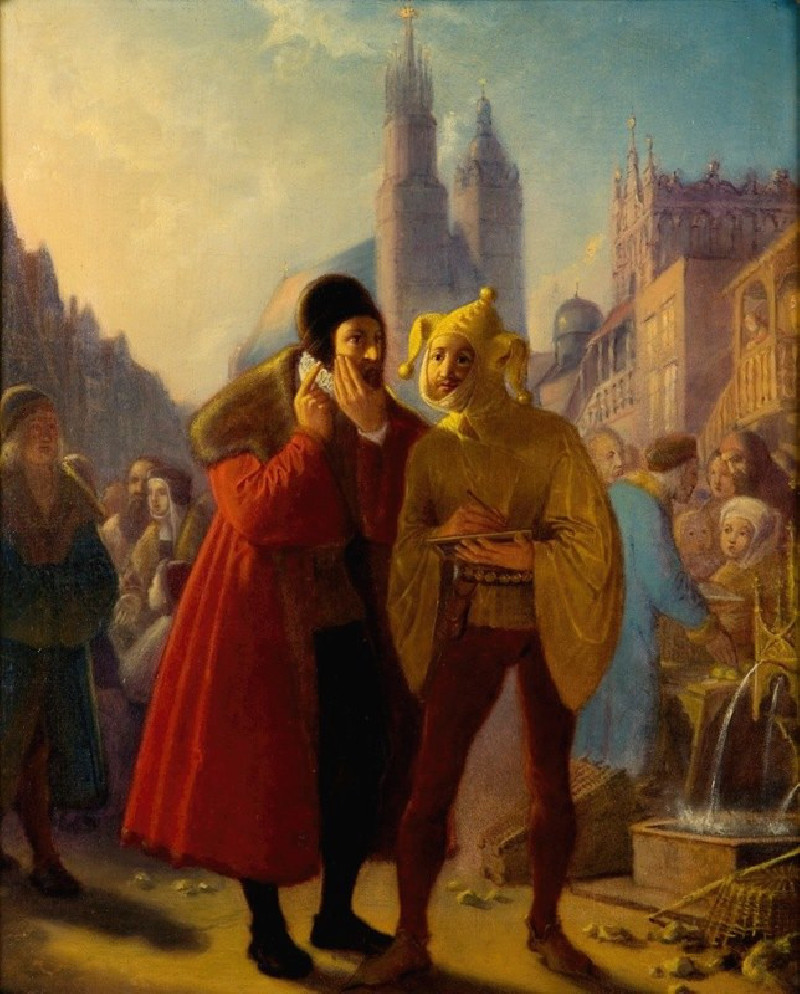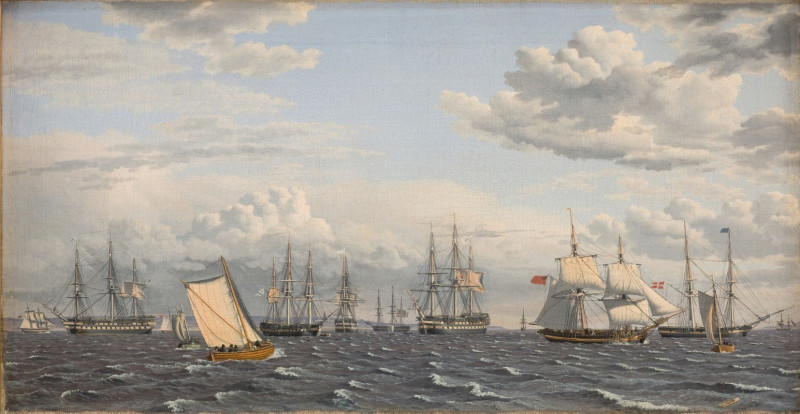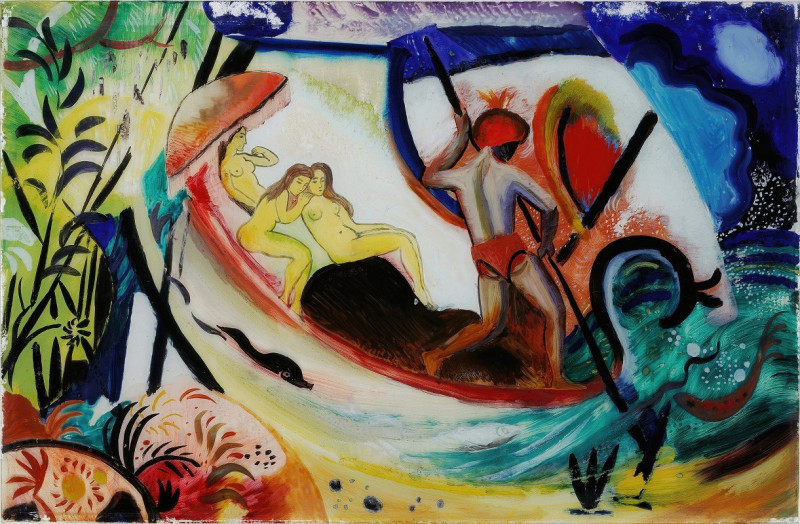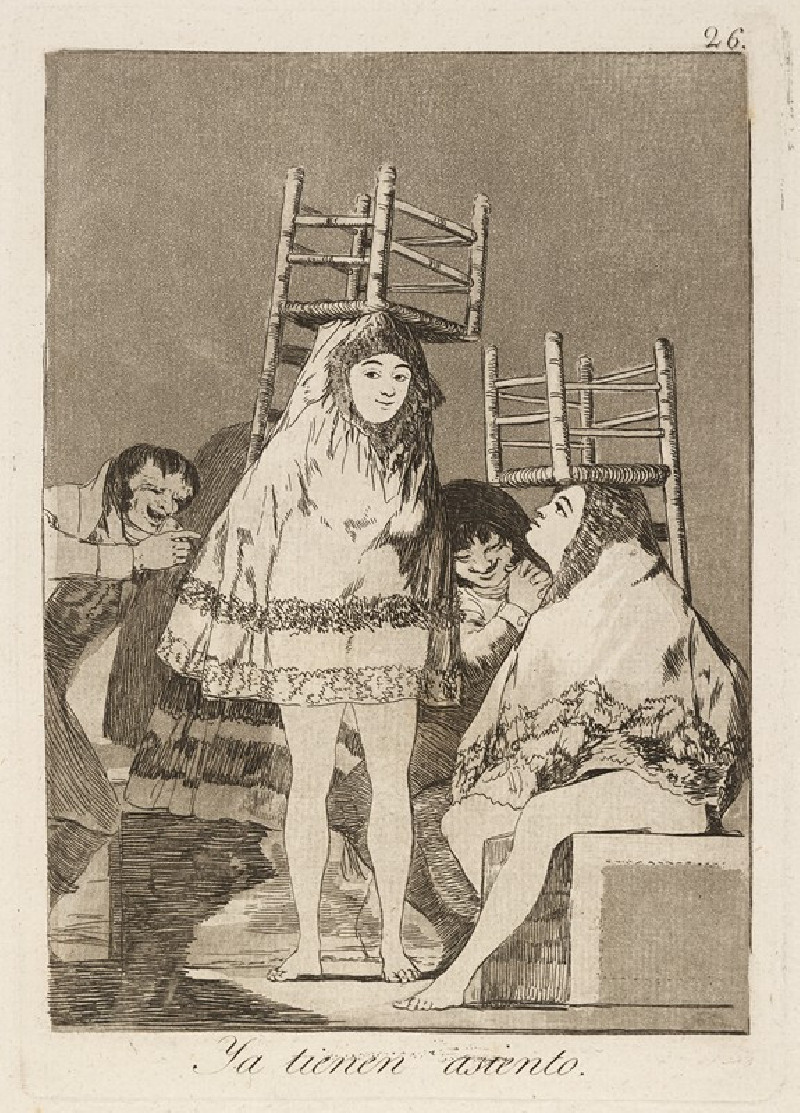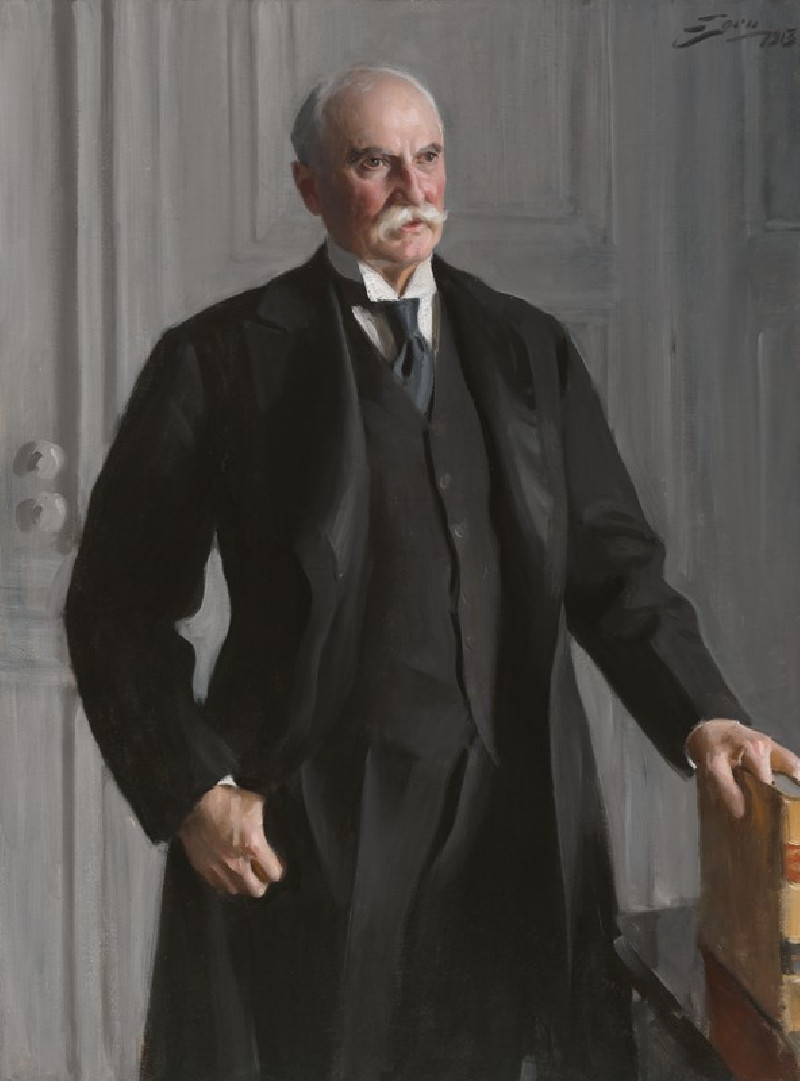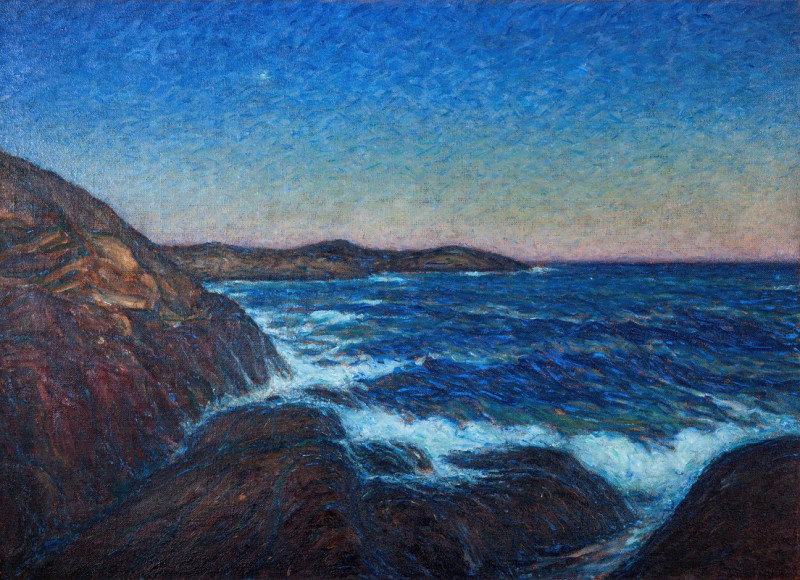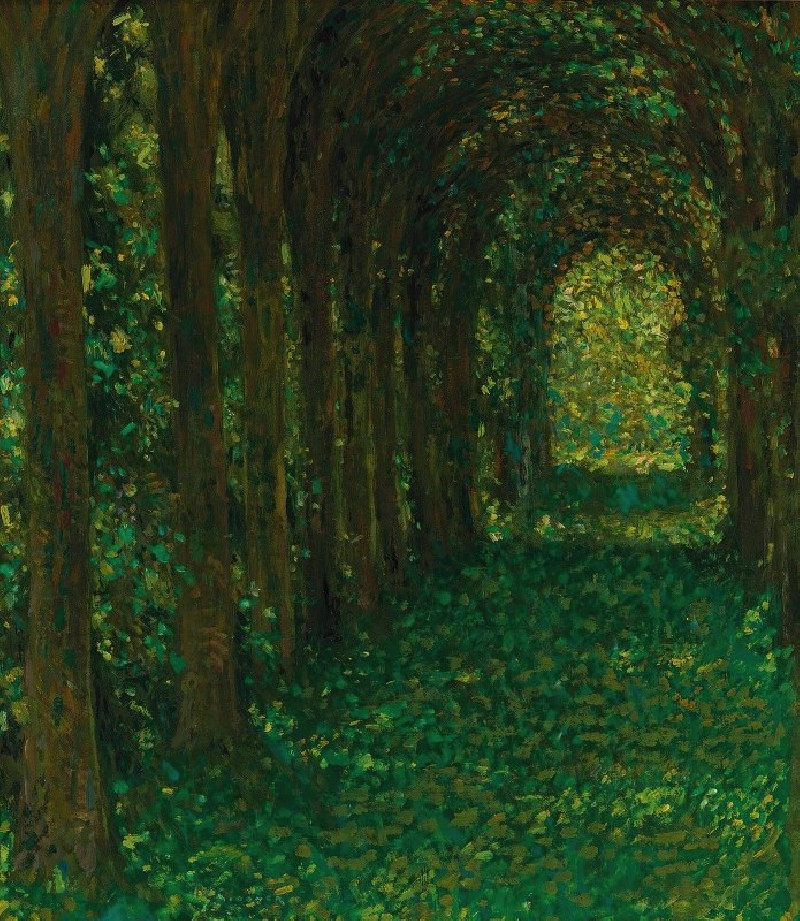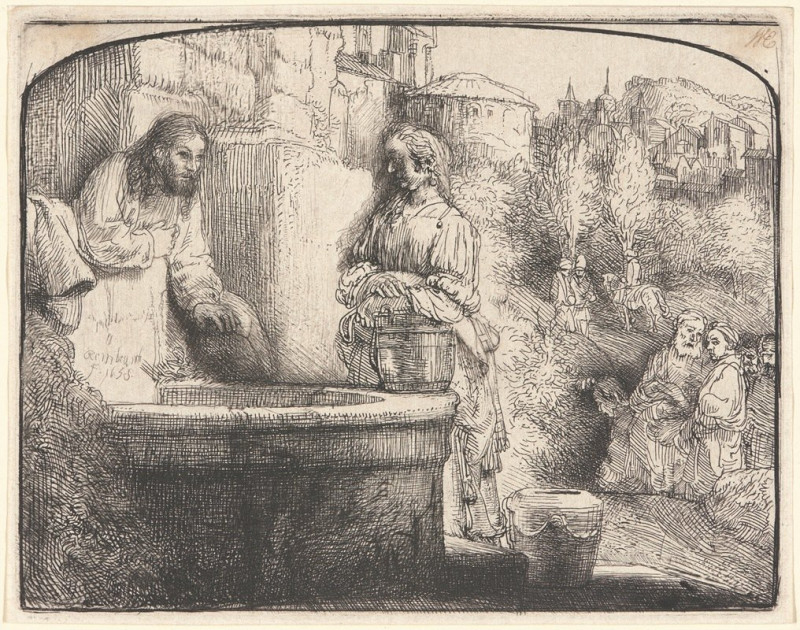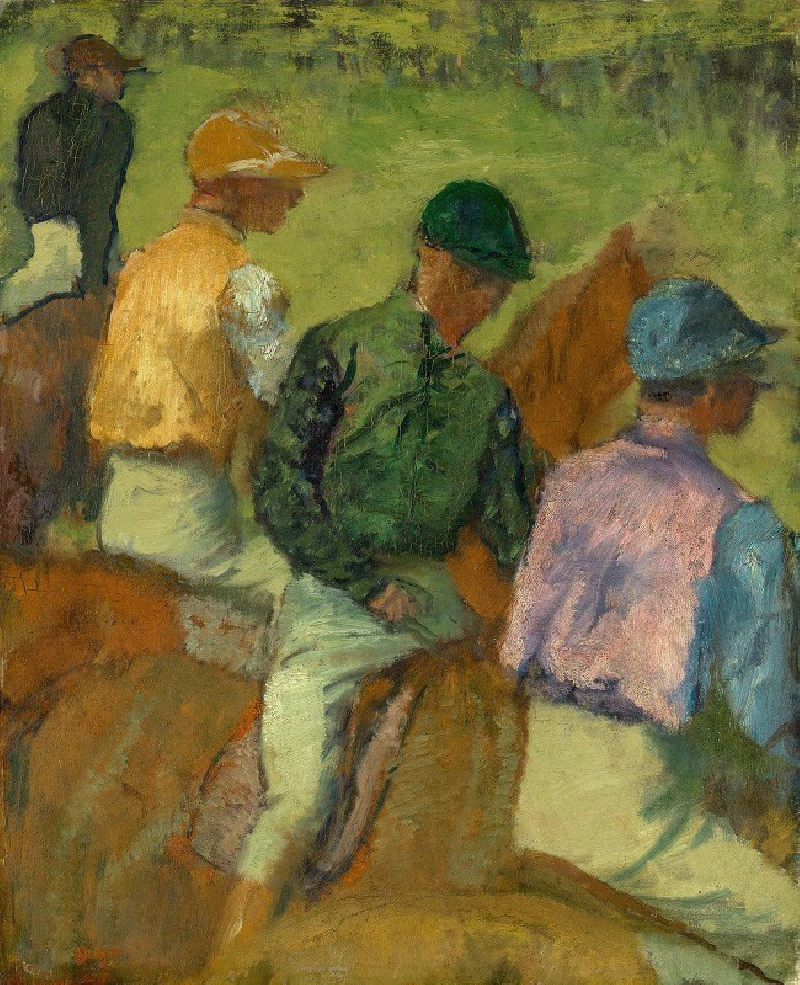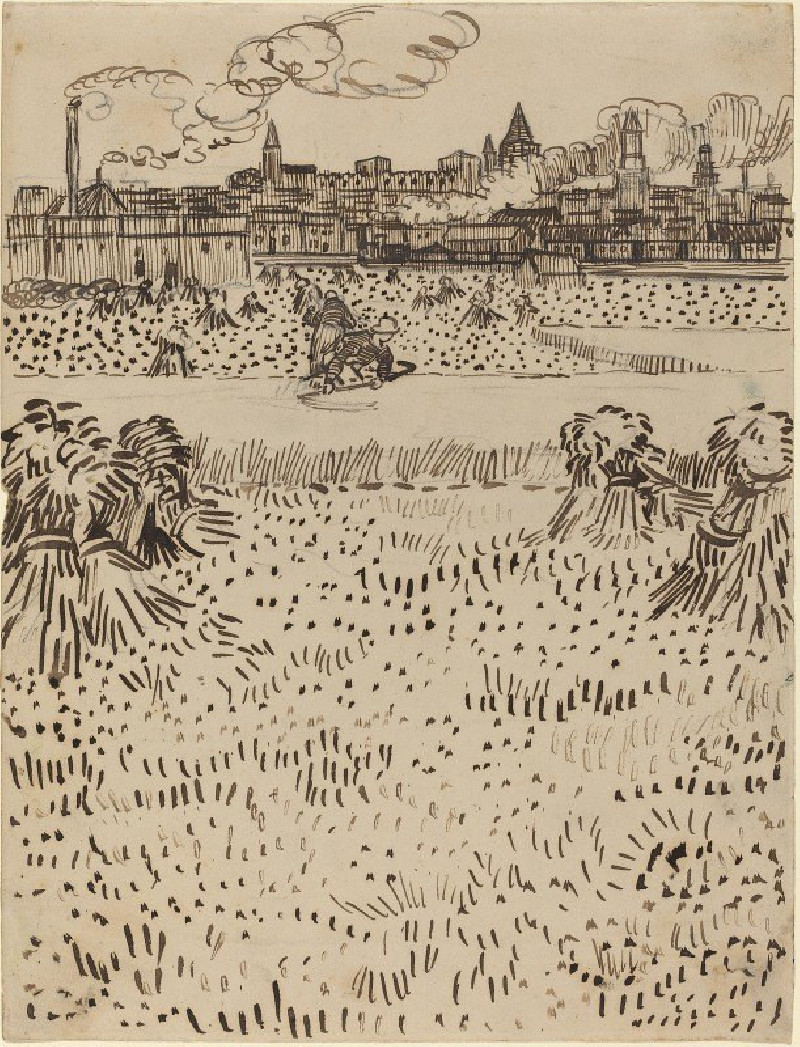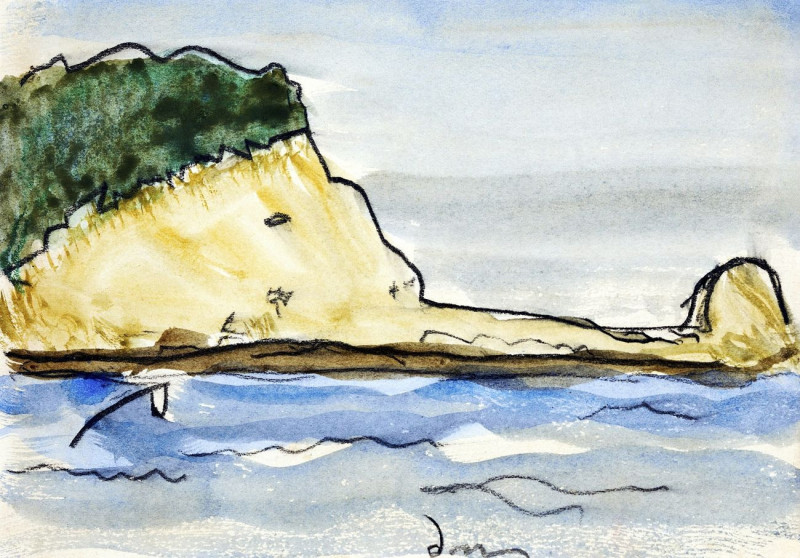The Harvest, Pontoise (La Récolte, Pontoise) (1881)
Technique: Giclée quality print
Recommended by our customers
More about this artwork
"The Harvest, Pontoise" by Camille Pissarro, painted in 1881, is a beautiful embodiment of the rural landscape and agricultural life during the Impressionist period. This vivid depiction showcases a group of laborers in the midst of the harvest season, a theme commonly celebrated in Pissarro's works.The scene is set in Pontoise, a rural locale northwest of Paris that often served as an inspiration for Pissarro. The painting captures the essence of peasant life, highlighting the arduous yet essential task of harvesting. In vivid detail, three figures are featured prominently in the composition. To the left, a figure bends over, gathering produce into a sack, exemplifying the physical labor of farm work. In the center, another laborer converses with a woman who is seated and also appears engaged in the harvest activities, perhaps pausing for a brief respite. The background gently recedes into a panorama of lush greenery and a hint of a farmhouse in the distance, suggesting the expansiveness of the rural landscape.Pissarro's use of light and shadow, combined with his loose yet deliberate brush strokes, captures the dynamic interplay of light filtering through the trees and the textures of the foliage and earth. The sky, a brilliant tableau of fluffy clouds scattered across a bright expanse, suggests the transient time of day, contributing to the transient nature of the scene.This painting not only reflects the physical aspects of agricultural labor but also evokes a sense of the enduring human connection to the land. Through "The Harvest, Pontoise," Pissarro conveys a timeless narrative of life, labor, and the beauty found in everyday tasks.
Delivery
Returns
Blessed are they who see beautiful things in humble places where other people see nothing. — Camille Pissarro
Camille Pissarro (1830-1903) was born on St.Thomas (now the US Virgin Islands) to a Portuguese father and a Dominican mother. He went to Paris to study art at Ecole des Beaux-Arts. He was an early pioneer of pointillism and neo-impressionism and later became a mentor of many famous impressionist painters including Cezanne, Manet, Renoir, and Gauguin. His paintings depicted rural and urban French landscapes and lifestyle. Many of his works politically captured images of peasants and laborers. Today, he is considered the father of impressionism.

